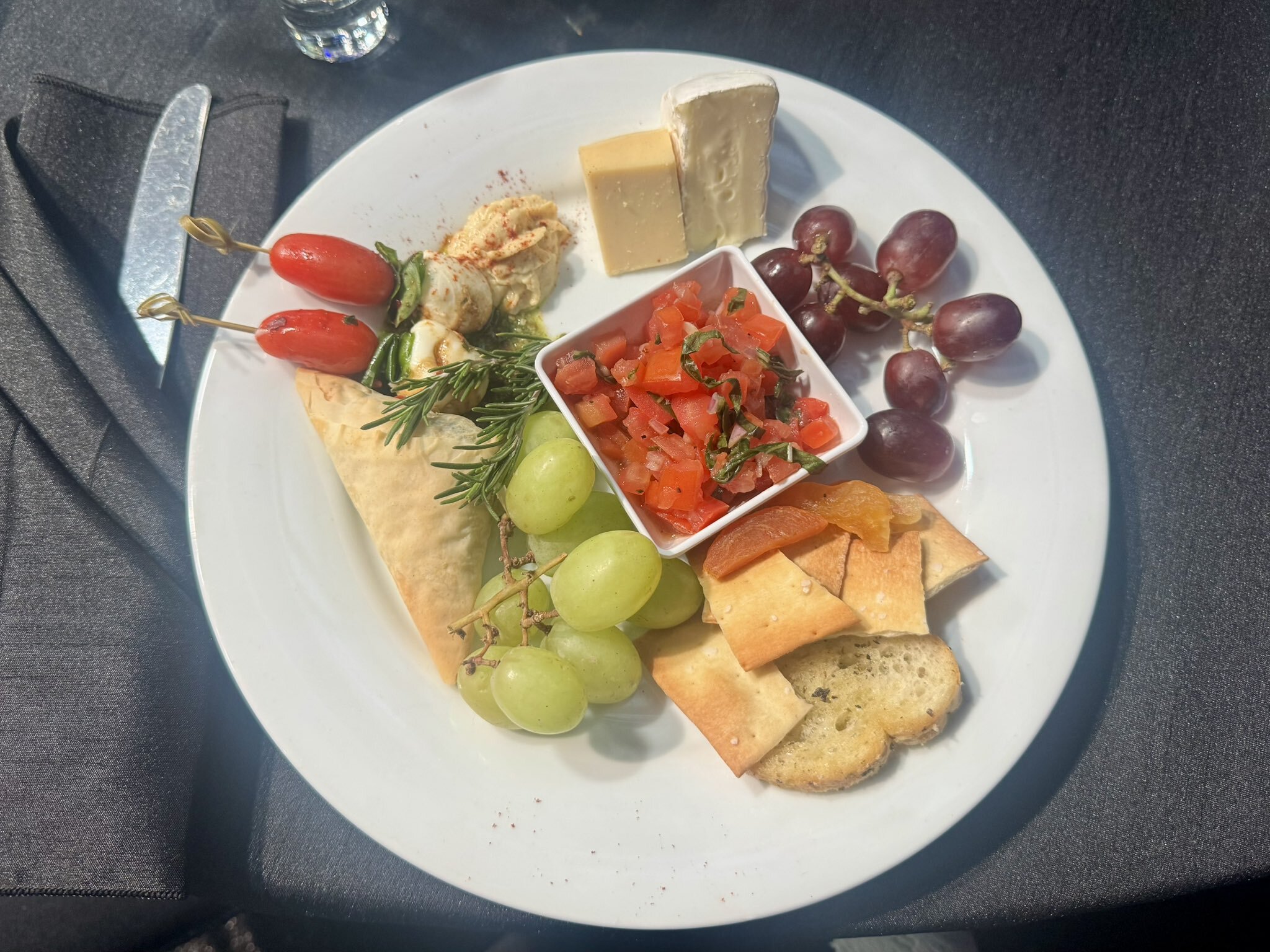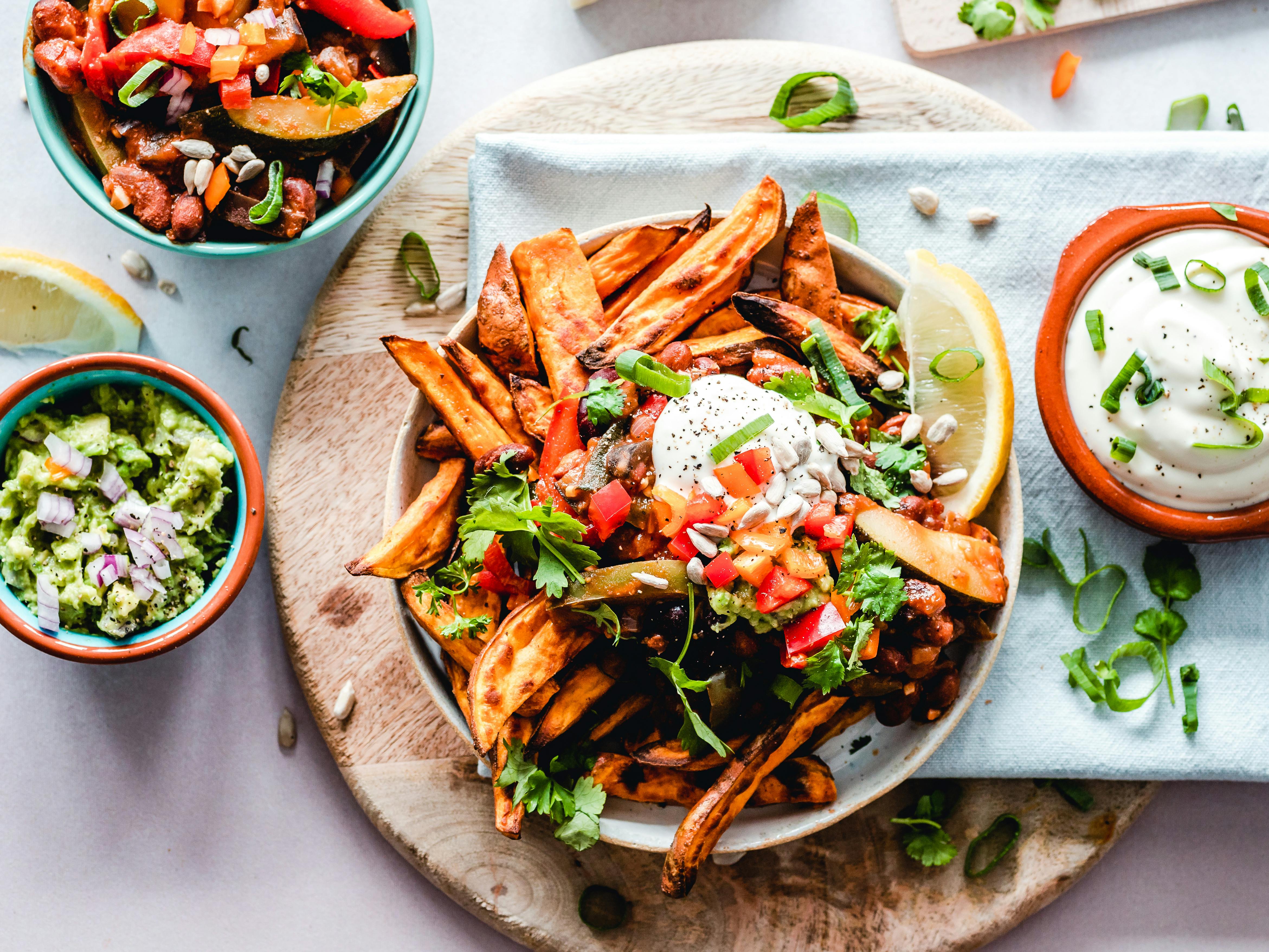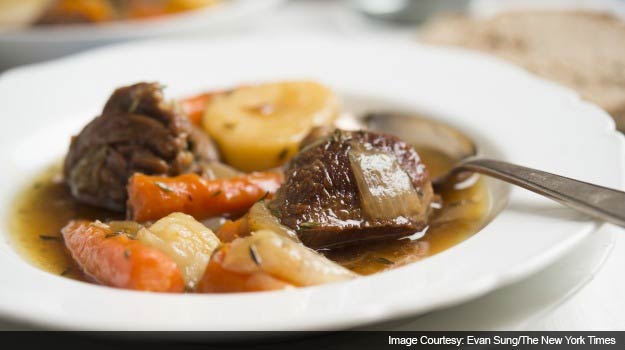With St. Patrick's Day just around the corner, you may be thinking about corned beef and cabbage. There's nothing wrong with it, but that's Irish-American. For something that may actually be served on Irish soil, have a go at a proper Irish stew.
The epitome of comfort food, traditional Irish stew needs only a few ingredients: meat, onions and potatoes, with salt and pepper. In southern Ireland, carrots are added, and some cooks venture so far as to add turnips, parsnips or rutabaga. Parsley or a sprig of thyme may go into the pot, too.
For a true Irish stew, sticklers say, you must use mutton. But it's not so easy to find mutton in North America. Mutton is meat from a grown-up sheep, at least 2 years old. It has a somewhat pronounced flavor and requires a fair amount of cooking time.
Hogget makes a good stew, too, but you probably won't find that, either. It's the same creature in adolescent form, when it's not yet mutton but no longer lamb - 1 to 2 years old.
Thankfully, a fine stew can also be made with lamb, which is a year old or less, and there is lots of lamb available here. Lamb used to be strictly a springtime treat, but modern husbandry has made it possible to have it in every season. It is mild tasting and tender, good for roasting and grilling, as well as braising.
As for how to cook it, most agree the meat should be browned first, but there are those who simply throw everything into the pot and let it all gently simmer. Slow cooking is key. As with all stews, making it a day ahead yields better results and helps with degreasing.
Depending upon preference, Irish stew may be served plain and brothy (rather like a pot-au-feu), or in a thicker gravy. You can rely on disintegrating potatoes to thicken it a bit, or a flour-and-water slurry or roux may be used. Some cooks add a little barley at the beginning instead.
The Irish chef Darina Allen, of Ballymaloe Cookery School in County Cork, suggests layering the meat and vegetables but leaving the potatoes at the top of the pot before putting on the lid, so they hold their shape and steam while the stew cooks - a very nice idea.
Despite all these variables, this much is sure: The aromas from the kitchen will be heavenly.
Recipe
Irish Stew
Time: 1 1/2 hours
Yield: 6 to 8 servings
3 pounds lamb shoulder cut in 2-inch chunks (or use thick shoulder chops)
Salt and pepper
4 tablespoons vegetable oil
2 pounds onions (about 6 medium), cut in wedges
1 pound carrots (about 6 medium), cut in 3-inch lengths
4 cups chicken, veal or beef broth (or water)
1 large sprig thyme
3 pounds russet potatoes (about 12 small), peeled and halved, or cut in 2-inch thick slices
1. Pat lamb dry and season well with salt and pepper. Put oil in a heavy-bottomed soup pot over medium-high heat. Brown meat on all sides, working in batches.
2. Set meat aside and add onions and carrots to pot. Season with salt and pepper. Cook vegetables, stirring, until lightly browned, about 5 minutes. Heat oven to 350 degrees.
3. Return meat to pot, add broth and bring to a simmer. Put in thyme sprig and arrange potatoes on top. (It's fine if potatoes are not completely submerged.) Season potatoes, cover pot and transfer to oven.
4. Bake for about 1 hour, until lamb is quite tender when probed with a skewer or paring knife. Remove fat from top of broth. Ladle stew into shallow bowls and serve.
Note: Alternatively, cook stew on stovetop instead of baking; keep covered at a gentle simmer for about 1 hour. For a thicker stew, crush a few of the potatoes from the stew and simmer in broth, or thicken with a slurry of flour and water (about 4 tablespoons flour).
© 2015, The New York Times News Service














